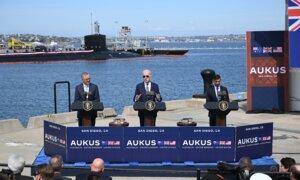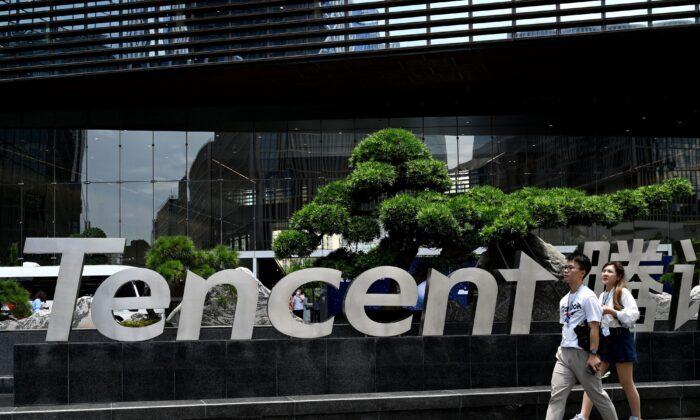China’s Indo-Pacific neighbors expressed concern after the Chinese military on Sept. 25 fired an intercontinental ballistic missile (ICBM); while Beijing stated through state-run media that it had given relevant neighbors advanced notice, some top officials said they were unaware.
A spokesperson for New Zealand Foreign Minister Winston Peters told the media the missile test was “an unwelcome and concerning development.”
It was the first time in 44 years that China had launched an ICBM.
The Australian government stated that it has sought an explanation from China, a spokesman told media outlets.
“The launch comes in the context of China’s rapid military build-up, which is taking place without the transparency and reassurance that the region looks for from great powers,” the spokesperson said. “Australia is concerned by any action that is destabilizing and raises the risk of miscalculation in the region and is consulting regional partners about this launch.”
Japanese government spokesperson Yoshimasa Hayashi told reporters at a press conference following the test-fire that Japan had “no advance notice.”
“This Chinese military trend, with [its lack of] transparency, is a serious concern for Japan and the international community,” he said.
A Japan Coast Guard official said it had received a navigation warning from China on Sept. 23 for “space debris” in three zones in the South China Sea and the Pacific north of the Philippines’ Luzon island and in the South Pacific on Sept. 25, but it did not confirm whether the warning was related to the missile launch.
ICBMs are nuclear-armed missiles with a range surpassing 3,500 miles, capable of striking almost any target in the world.
The ICBM launched on Sept. 25 was carrying a simulated warhead, according to an official statement, and landed in the “designated sea area” near the French Polynesian islands. Beijing stated that the test was routine and not targeted toward any country.
The missile test coincided with the CCP’s increased military aggression in the Indo-Pacific.
Retired U.S. Navy Capt. James Fanell told The Epoch Times that the test sent a “clear and unambiguous signal” that the CCP was committed to a “strategic breakout” in its nuclear arsenal. This test comes as the CCP has rapidly increased its nuclear stockpile and upgraded submarine and bomber plane development for nuclear missile compatibility.
“By every metric, the CCP is flexing its strategic muscles by expanding its nuclear arsenal and its strategic reach,” he said.
Heath noted that it was also meant to signal to the world that the PLARF remained capable despite the scandals.
Manoj Kewalramani, fellow for China studies and the chair of the Indo-Pacific Studies Programme at the Takshashila Institution, told The Epoch Times that the test seemed like a rushed effort, and he said it could be intended to change the narrative among Chinese.
“Clearly economic stress is mounting in China, and there are signs of friction,” he said.
There has also been tension with Chinese thought leaders publicly criticizing the economy, according to Kewalramani.
John Ciociari, dean of the Hamilton Lugar School of Global and International Studies at Indiana University, said that a “test of this kind has domestic, regional, and global audiences.”
“Within China, it supports a nationalist narrative about the government’s competence and resolve,“ he told The Epoch Times. ”Regionally, it is part of a broader effort to discourage China’s neighbors from challenging Beijing on Taiwan or other flashpoints. To global audiences, the test may seek to amplify perceptions that China is gaining rapidly on the United States in military power and technological prowess.”
Fanell also said that this “put to bed the notion that the PLA Strategic Rocket Force is rife with corruption and disloyalty to General Secretary Xi,” but he disagreed with Heath that the goal was only deterrence and viewed the test as evidence that the nuclear disarmament talks between the United States and CCP have been “toothless.”
These actions run counter to the CCP’s public statements and diplomatic talks, he said.
“This test demonstrates the CCP has both the intent and capability to attack the American homeland with nuclear weapons—something PRC military officials have talked about doing for over 20 years,” Fanell said, using the acronym for the People’s Republic of China, the official name of China under the rule of the CCP.







